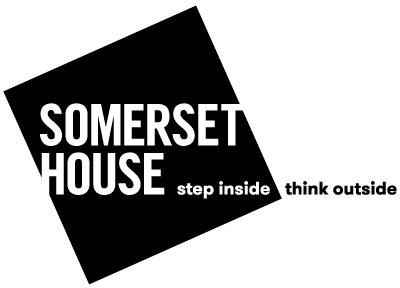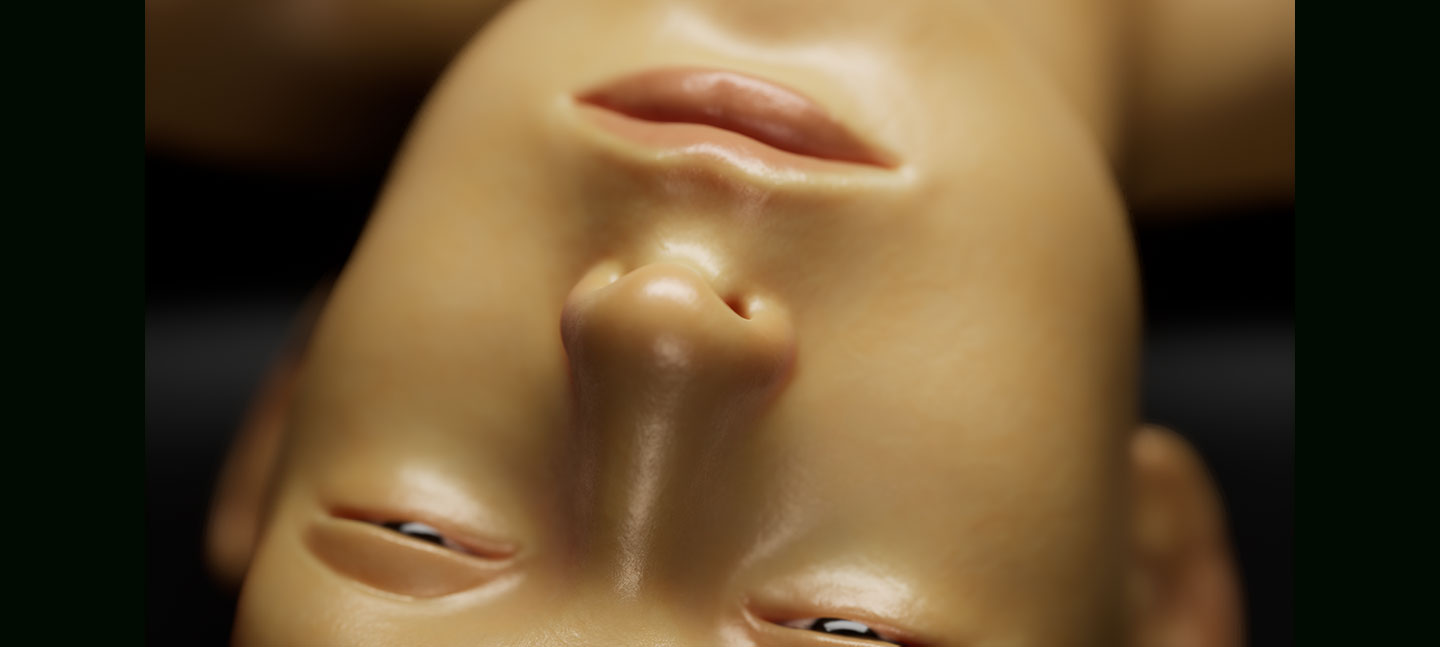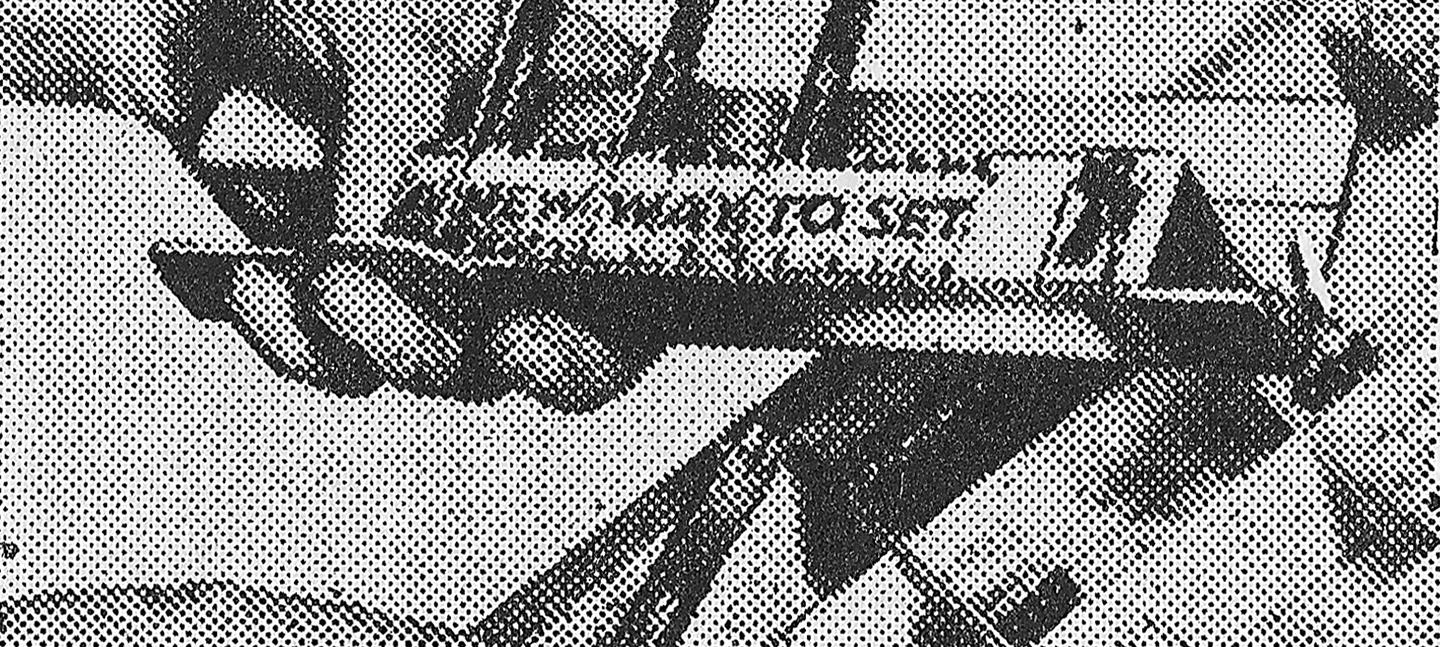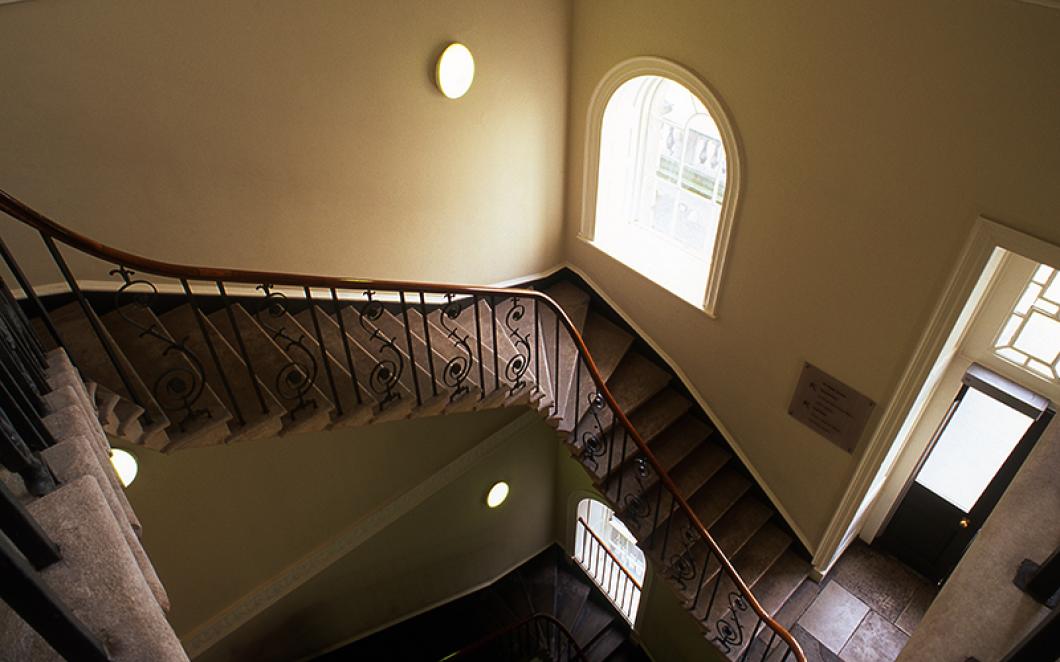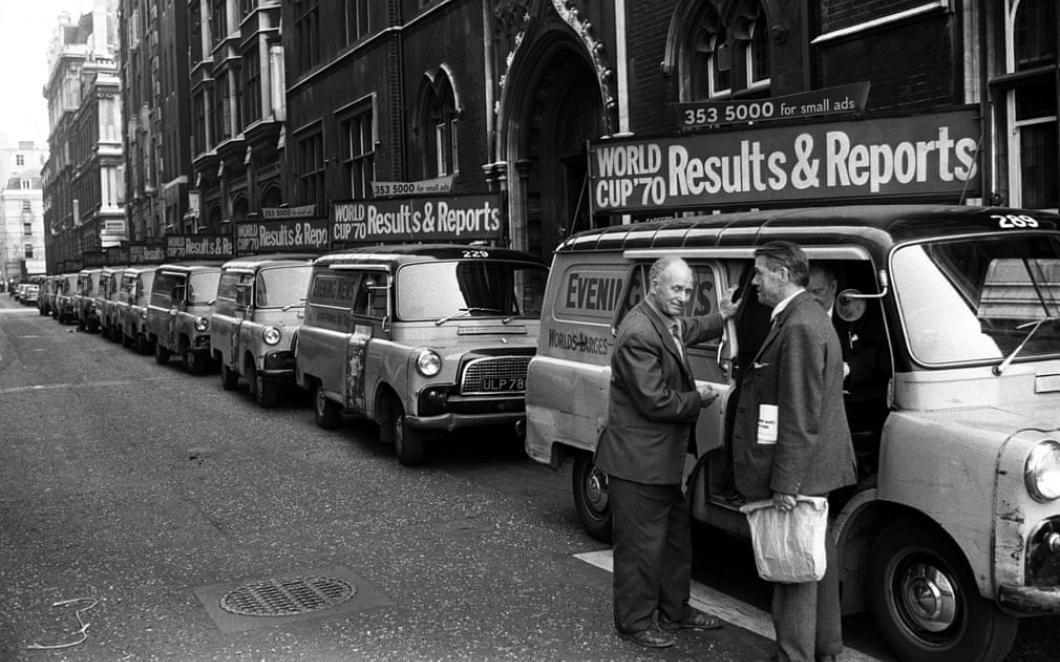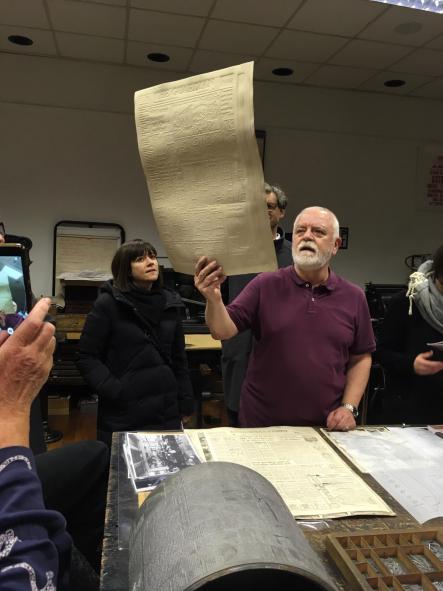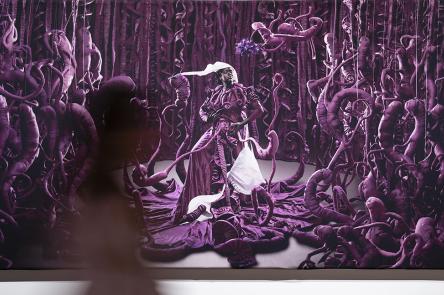
As part of our exhibition 24/7: A Wake-Up Call for our Non-Stop World, Somerset House Studios resident Eloise Hawser takes us on a tour of Fleet Street, exploring its historic association with the newspaper industry, whch worked around the clock to print the daily papers.
Right up until the late 1980s, 100,000 people worked on Fleet Street – as one printer put it, “it was a city within a city”. Many of these were printers, deep in the hot and noisy basements of newspaper HQs. What was the relation between the 24-hour activity of these printers to the temporalities and infrastructures making up this ‘city’? And how does newspaper printing continue to mark the area’s surrounding residents and structures?
The phrase ‘A new way to set’ comes from a ‘hot metal printing’ manual from the 1960s. Here, newspapers would be composited in metal typeface by hand, necessitating a 24-hour industry of printers, journalists, machinery, and couriers to produce and distribute each morning’s papers up and down the country. I was interested in how the stories making up ‘the news’ was dependent upon the labour of compositing, through the night. It was not uncommon for disputes between editors and printers to change the kinds of stories printed. In 1984, for instance, printers refused to ‘handle’ an image used to denigrate trade unions at The Sun.
Fleet Street seems like a ‘hard copy’ precursor to the digital-focused themes in the 24/7 exhibition, a kind of waypoint between two 24-hour regimes of production. In fact, many former newspaper HQs now house the 24/7, digital-dominated operations of companies like WeWork, Goldman Sachs, and Bloomberg.
